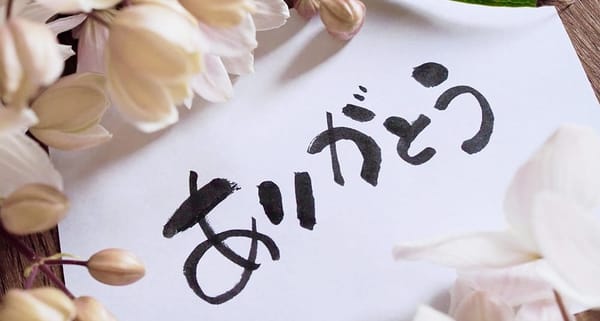When Your Japanese Boss Says ‘Yes’ but Means ‘No’.
Think your idea was approved? Not so fast. In Japan, reading between the lines can make or break your career.

So, your Japanese boss just nodded and said:
「いいですね。」ii desu ne /
“Sounds good!”
You walk away thinking your idea got the green light.
Three days later… nothing. A week passes, and someone else quietly suggests a similar idea - and suddenly it is a go. Wait, what just happened?
Welcome to the gentle art of the polite Japanese “no.”
“Yes” Doesn’t Always Mean Yes
In Japan, communication often happens between the lines. In this high-context culture, what’s unsaid can matter just as much as what’s spoken.
Take this response:
「それ、面白いですね。」sore, omoshiroi desu ne
“That’s interesting.”
To a non-Japanese ear, this might sound encouraging. But more often, it really means:
“I admire your enthusiasm, but absolutely not.”
This isn’t passive-aggressiveness - it’s a social skill. A way to preserve harmony (wa, 和) and avoid putting anyone on the spot.
The Many Shades of “Yes”
Here’s a handy guide to some common phrases you might hear - and what they really mean:
| What They Say | Literal Meaning | What It Might Mean |
|---|---|---|
| 「いいですね」(ii desu ne) | “That’s good” | “Thanks, I’ll consider it (but probably no)” |
| 「検討します」(kentō shimasu) | “I’ll consider it” | “No.” |
| 「前向きに考えます」(maemuki ni kangaemasu) | “I’ll think positively” | “Definitely no.” |
| 「ちょっと難しいですね」(chotto muzukashii desu ne) | “That’s a bit difficult” | “This is a terrible idea.” |
| Total silence | - | “I hope you’ll forget you ever brought that up.” |
Why Not Just Say No?
Because a flat-out no can feel harsh or embarrassing. In many Japanese workplaces, maintaining harmony is often more important than directness. It’s not about rejecting your idea - it’s about avoiding conflict and protecting relationships.
Once you see it, there’s even a kind of comedy in the routine:
- You hear:「いいですね。検討します。」ii desu ne. kentō shimasu / Sounds good. I’ll consider it.
- You send the follow-up slides.
- A month goes by.
- Finally, your boss says:「やっぱり違う方向で考えましょう。」yappari chigau hōkō de kangaemashō / Let’s consider a different direction after all.
And somehow, the “different direction” looks suspiciously like your original idea - just dressed in different packaging. That’s the beauty (and occasional absurdity) of Japanese corporate choreography.
How to Respond Like a Pro
1. Watch the Body Language
If your “yes” comes with a long pause, a tilted head, or an awkward smile, it might not be a yes at all.
2. Listen for the Follow-Up
A real yes often sounds like:
「では、次のステップに進みましょう。」dewa, tsugi no suteppu ni susumimashou / Let’s move to the next step.
A gentle no may be wrapped in:
「社内で確認してみます。」shanai de kakunin shite mimasu / I’ll check internally.
3. Give Them an Escape Route
Instead of proposing a single option, offer gentle alternatives:
「この方法もありますが、小規模でテストする案もあります。」kono hōhō mo arimasu ga, shōkibo de tesuto suru an mo arimasu / We could try this, or test a smaller version first.
4. Find a Friendly Translator
If you have a trusted senpai, run your ideas by them first. They might help you gauge whether your idea is a winner - or still needs seasoning.
Living and working in Japan means learning to decode subtext - and yes, that can be exhausting. It sometimes feels like one wrong phrase or awkward moment could mark you as “difficult” or “foreign.” But don’t lose heart - or your personality.
Directness isn’t rude. It’s just not always the default. And even when your ideas hit a soft wall, it doesn’t mean they’re unappreciated.
So when your boss says:
「面白い案ですね。検討してみます。」omoshiroi an desu ne. kentō shite mimasu / That’s an interesting idea. I’ll look into it.
…smile, nod - and quietly start preparing Plan B.
In Japan, the best ideas don’t always win on the first try. Sometimes, they just need a little more choreography - and maybe a seasonal gift set or two.



